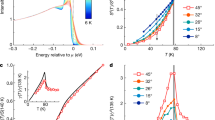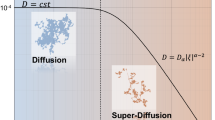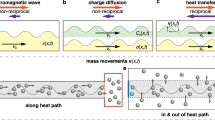Abstract
IN NATURE for March 9, 1935 (p. 359), Prof. Andrade directed attention to the persistent textbook errors concerning Davy's experiments on the fractional development of heat, pointing out, among other things, that the much-quoted experiment on the melting of two pieces of ice by rubbing them together was not carried out in a vacuum. It may be of some interest to inquire how Davy produced and maintained the vacuum for the first experiment, in which a gunlock was fired, and for the third experiment, in which wax was melted by the heat developed by the friction of a wheel rotated by clockwork against the plate carrying the wax. Davy gives no details of his vacuum apparatus, but refers to the “exhausted receiver” of an “air-pump”. In the first experiment the trigger of the gunlock was snapped, he says, by this means: “A slight iron wire was affixed to the trigger, brought through a hole made in the centre of the stand [supporting the receiver], and cemented into the hole with wax, so as to exclude entirely atmospheric air from the receiver”1. Presumably the same device was used in the third experiment to start the clockwork.
This is a preview of subscription content, access via your institution
Access options
Subscribe to this journal
Receive 51 print issues and online access
$199.00 per year
only $3.90 per issue
Buy this article
- Purchase on SpringerLink
- Instant access to full article PDF
Prices may be subject to local taxes which are calculated during checkout
Similar content being viewed by others
References
“Contributions to Physical and Medical Knowledge”, etc., ed. Thomas Beddoes, Bristol, 1799, p. 9.
“Life of Sir Humphry Davy”, London, 1831, I, pp. 41–2.
“Memoirs of the Life of Sir Humphry Davy”, London, 1836, I, pp. 43–4.
Author information
Authors and Affiliations
Rights and permissions
About this article
Cite this article
McKIE, D. Davy's Experiments on the Frictional Development of Heat. Nature 135, 878 (1935). https://doi.org/10.1038/135878a0
Issue date:
DOI: https://doi.org/10.1038/135878a0



